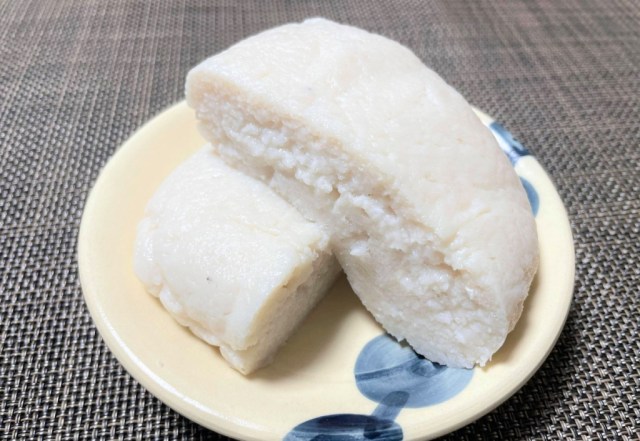
This particular style of fish cake dates back to the Edo period (1603-1868) and is made using only three key ingredients.
Our Japanese-language correspondent K. Masami is always up for a culinary challenge. As it goes, different ideas for kitchen experiments tend to pop into her head at the most random of times. Case in point: she recently woke up with one such thought out of nowhere: “How does one make hanpen, a form of whitefish cake?”
She of course knew that hanpen is a surimi (fish or meat paste) product, but how it arrives at that point from being fresh fish was a mystery to her. After doing a little research on the Internet, she found a good reference guide from Kibun Foods and became determined to try making it for herself.
▼ Here’s triangular hanpen that you can buy at a store. How would Masami’s homemade version stack up?
According to the guide, the main basis of hanpen is whitefish with smaller added amounts of egg whites and yamaimo (Japanese mountain yam). Just as when making ice cream, adding more air during the mixing process results in a fluffier texture. It wasn’t too far off from what she expected–and the mixing process definitely seemed to be the most crucial step in determining the final result. It was a little daunting but she rolled back her sleeves and prepared for the challenge.
Ingredients
- White fish (Masami used cod): 2-3 slices
- Egg whites: 1-2 eggs
- Yamaimo (Japanese mountain yam): slightly less than 1 yam
- Sugar: to taste
- Mirin (sweet cooking sake): to taste
- Salt: to taste
▼ The three main ingredients at a glance
Instructions
1. Remove any fish bones and roughly chop the fish. If the smell of raw fish bothers you, you can blanch it first.
2. Make a meringue using the egg whites. A hand mixer will produce the fastest results.
3. Lightly blend the chopped fish in a blender.
4. Combine the blended fish with the meringue. Mix it little by little into a soft paste.
5. Add the yamaimo to the mixture as well, stirring in air as you go. Add any desired seasonings to taste and continue mixing.
6. Form a two-layer container from parchment paper and pour in the mixture.
7. Bring the mixture to a boil in a stovetop pan.
8. Once the surface starts to harden and it looks like it’s about to come out of the parchment, flip it over directly into the pan.
9. Let it boil for two to three more minutes. You can check to see if it’s ready by sticking a toothpick in it, and it it comes out clean, it’s cooked enough. Drain the water, then stick the cake in the fridge for a bit to cool.
▼ Your hanpen is finished!
Reflections
As Masami surveyed the fruits of her labor she noticed that her homemade hanpen was considerably thicker than the kind sold in stores. Even after making multiple cakes she couldn’t shake the thickness element.
The taste, thankfully, was solidly in the realm of hanpen–and quite yummy. The texture was also a little different from the characteristic fluffiness of store-bought hanpen but not in a bad way. Hers was just a little bit denser.
Masami concluded that hanpen is one of those foods that seems deceptively simple to make but is much harder to master. She recognized that her homemade cooking would of course differ from a mechanized manufacturing method, but they each had their pros and cons. Regardless, she looks forward to eating her own hanpen in a soup or frying them for a satisfying addition to any dish.
For another seemingly simple food that requires just the right touch to make, check out our attempt to recreate so, a 1,000-year-old Japanese dessert.
Photos © SoraNews24
● Want to hear about SoraNews24’s latest articles as soon as they’re published? Follow us on Facebook and Twitter!
[ Read in Japanese ]

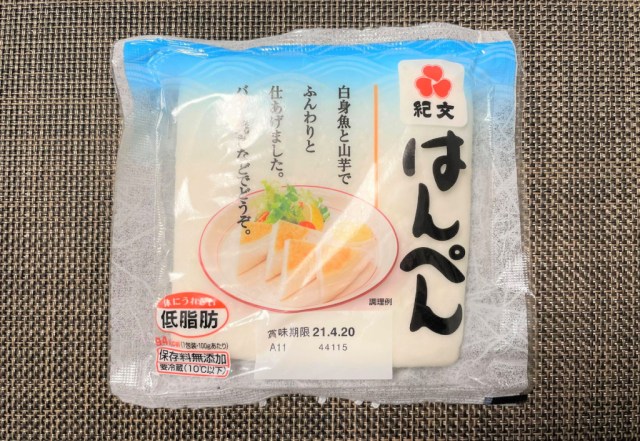
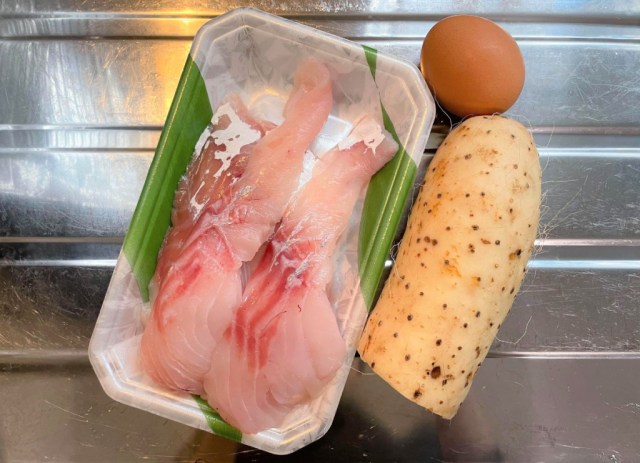
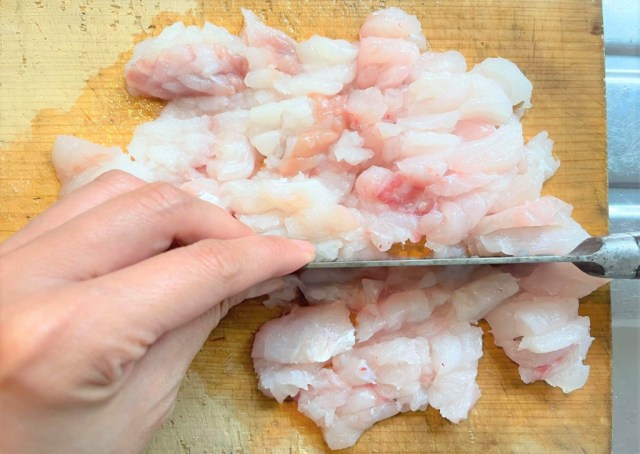
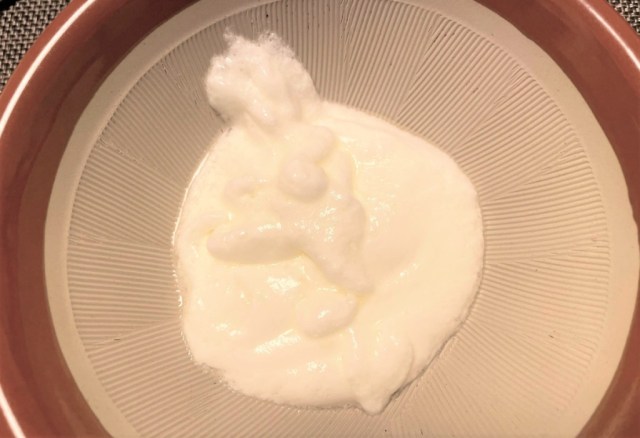
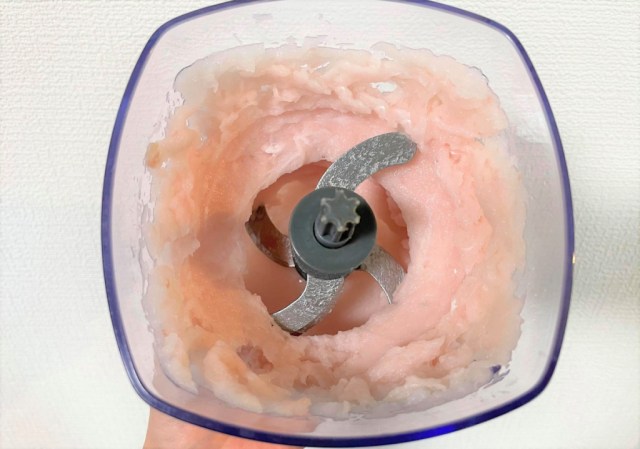
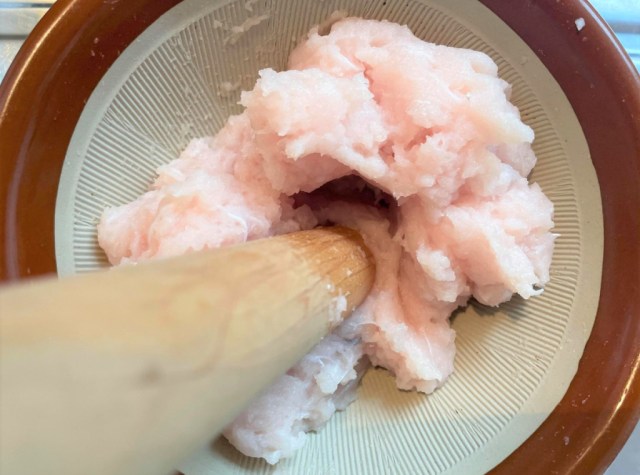
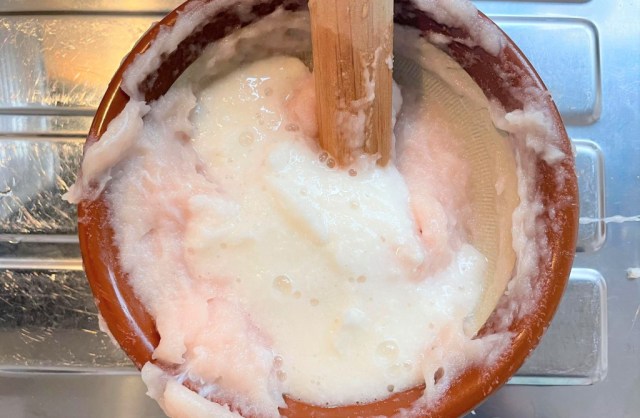
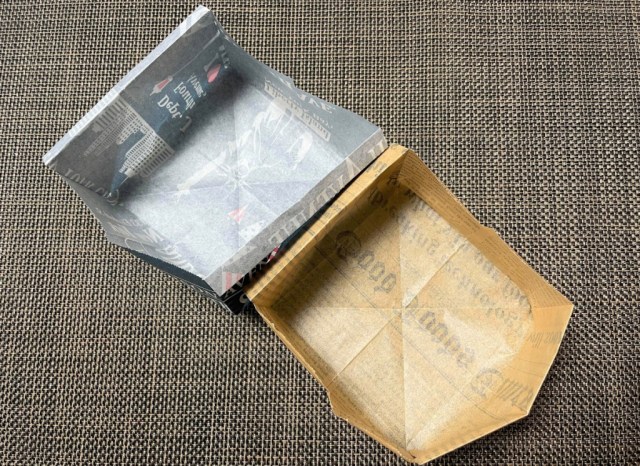
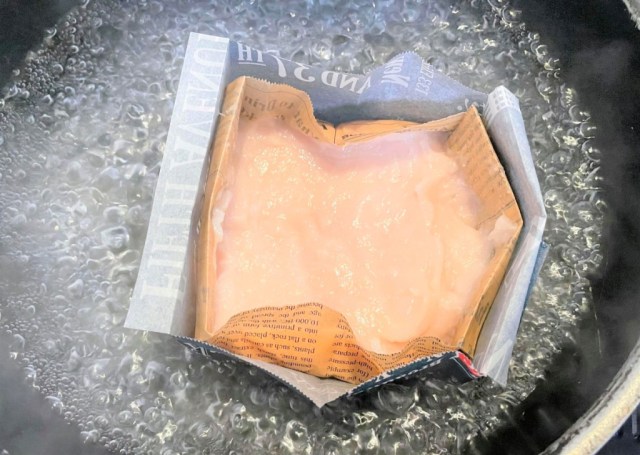
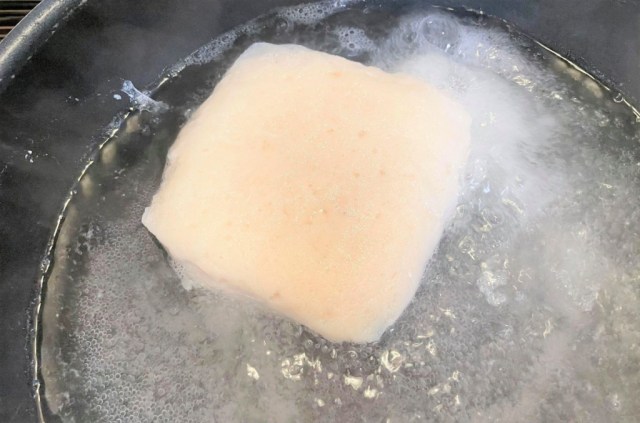
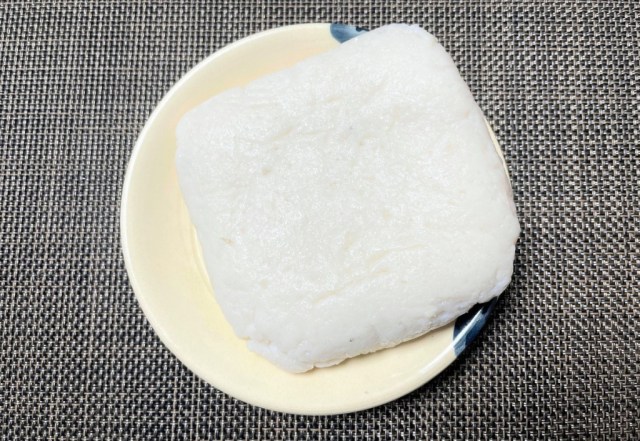
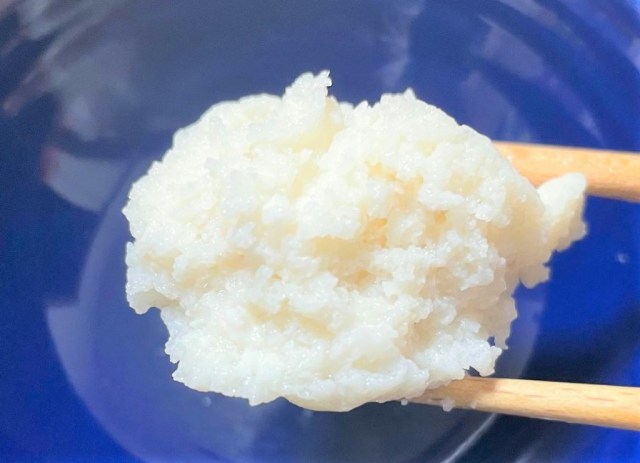
 Cat-themed oden kit warms and fills our bellies and our hearts
Cat-themed oden kit warms and fills our bellies and our hearts The best Japanese curry in Japan isn’t eaten at a restaurant
The best Japanese curry in Japan isn’t eaten at a restaurant Japanese fish cheesecake: is it more of a fishy cake, or a cakey fish?【Taste Test】
Japanese fish cheesecake: is it more of a fishy cake, or a cakey fish?【Taste Test】 Tokyo Ghoul Cafe recreates vomit-inducingly awful sandwich from the manga
Tokyo Ghoul Cafe recreates vomit-inducingly awful sandwich from the manga How to make okonomiyaki at home【SoraKitchen】
How to make okonomiyaki at home【SoraKitchen】 Red light district sushi restaurant in Tokyo shows us just how wrong we were about it
Red light district sushi restaurant in Tokyo shows us just how wrong we were about it Sandwiches fit for a sumo served up in Osaka【Taste Test】
Sandwiches fit for a sumo served up in Osaka【Taste Test】 Limited-edition Carbonara Udon will anger noodle purists and pasta lovers 【Taste test】
Limited-edition Carbonara Udon will anger noodle purists and pasta lovers 【Taste test】 Beautiful Red and Blue Star luxury trains set to be Japan’s new Hokkaido travel stars
Beautiful Red and Blue Star luxury trains set to be Japan’s new Hokkaido travel stars Tokyo Tsukiji fish market site to be redeveloped with 50,000-seat stadium, hotel, shopping center
Tokyo Tsukiji fish market site to be redeveloped with 50,000-seat stadium, hotel, shopping center McDonald’s new Happy Meals offer up cute and practical Sanrio lifestyle goods
McDonald’s new Happy Meals offer up cute and practical Sanrio lifestyle goods Japan’s massive matcha parfait weighs 6 kilos, contains hidden surprises for anyone who eats it
Japan’s massive matcha parfait weighs 6 kilos, contains hidden surprises for anyone who eats it Studio Ghibli releases new action figures featuring Nausicaä of the Valley of the Wind characters
Studio Ghibli releases new action figures featuring Nausicaä of the Valley of the Wind characters Pokémon Sleep camping suite and guestrooms coming to Tokyo Hyatt along with giant Snorlax burgers
Pokémon Sleep camping suite and guestrooms coming to Tokyo Hyatt along with giant Snorlax burgers We try out “Chan Ramen”, an underground type of ramen popular in the ramen community
We try out “Chan Ramen”, an underground type of ramen popular in the ramen community All-you-can-drink Starbucks and amazing views part of Tokyo’s new 170 meter-high sky lounge
All-you-can-drink Starbucks and amazing views part of Tokyo’s new 170 meter-high sky lounge More foreign tourists than ever before in history visited Japan last month
More foreign tourists than ever before in history visited Japan last month Japanese ramen restaurants under pressure from new yen banknotes
Japanese ramen restaurants under pressure from new yen banknotes French Fries Bread in Tokyo’s Shibuya becomes a hit on social media
French Fries Bread in Tokyo’s Shibuya becomes a hit on social media New private rooms on Tokaido Shinkansen change the way we travel from Tokyo to Kyoto
New private rooms on Tokaido Shinkansen change the way we travel from Tokyo to Kyoto Starbucks reopens at Shibuya Scramble Crossing with new look and design concept
Starbucks reopens at Shibuya Scramble Crossing with new look and design concept Studio Ghibli glasses cases let anime characters keep an eye on your spectacles
Studio Ghibli glasses cases let anime characters keep an eye on your spectacles Beautiful Ghibli sealing wax kits let you create accessories and elegant letter decorations【Pics】
Beautiful Ghibli sealing wax kits let you create accessories and elegant letter decorations【Pics】 Studio Ghibli releases Kiki’s Delivery Service chocolate cake pouches in Japan
Studio Ghibli releases Kiki’s Delivery Service chocolate cake pouches in Japan New definition of “Japanese whiskey” goes into effect to prevent fakes from fooling overseas buyers
New definition of “Japanese whiskey” goes into effect to prevent fakes from fooling overseas buyers Our Japanese reporter visits Costco in the U.S., finds super American and very Japanese things
Our Japanese reporter visits Costco in the U.S., finds super American and very Japanese things Studio Ghibli unveils Mother’s Day gift set that captures the love in My Neighbour Totoro
Studio Ghibli unveils Mother’s Day gift set that captures the love in My Neighbour Totoro New Japanese KitKat flavour stars Sanrio characters, including Hello Kitty
New Japanese KitKat flavour stars Sanrio characters, including Hello Kitty New Pokémon cakes let you eat your way through Pikachu and all the Eevee evolutions
New Pokémon cakes let you eat your way through Pikachu and all the Eevee evolutions Disney princesses get official manga makeovers for Manga Princess Cafe opening in Tokyo
Disney princesses get official manga makeovers for Manga Princess Cafe opening in Tokyo Sales of Japan’s most convenient train ticket/shopping payment cards suspended indefinitely
Sales of Japan’s most convenient train ticket/shopping payment cards suspended indefinitely Sold-out Studio Ghibli desktop humidifiers are back so Totoro can help you through the dry season
Sold-out Studio Ghibli desktop humidifiers are back so Totoro can help you through the dry season Japanese government to make first change to romanization spelling rules since the 1950s
Japanese government to make first change to romanization spelling rules since the 1950s Ghibli founders Toshio Suzuki and Hayao Miyazaki contribute to Japanese whisky Totoro label design
Ghibli founders Toshio Suzuki and Hayao Miyazaki contribute to Japanese whisky Totoro label design Doraemon found buried at sea as scene from 1993 anime becomes real life【Photos】
Doraemon found buried at sea as scene from 1993 anime becomes real life【Photos】 Tokyo’s most famous Starbucks is closed
Tokyo’s most famous Starbucks is closed One Piece characters’ nationalities revealed, but fans have mixed opinions
One Piece characters’ nationalities revealed, but fans have mixed opinions We asked a Uniqlo employee what four things we should buy and their suggestions didn’t disappoint
We asked a Uniqlo employee what four things we should buy and their suggestions didn’t disappoint Princesses, fruits, and blacksmiths: Study reveals the 30 most unusual family names in Japan
Princesses, fruits, and blacksmiths: Study reveals the 30 most unusual family names in Japan The Fuwatoro Yamaimo Teppan just might be 7-Eleven Japan’s dish of the year【Taste test】
The Fuwatoro Yamaimo Teppan just might be 7-Eleven Japan’s dish of the year【Taste test】 We try making imoni, the beloved taro and beef stew of northern Japan【SoraKitchen】
We try making imoni, the beloved taro and beef stew of northern Japan【SoraKitchen】 Meet the Mega Bento, a Japanese meal that’s heavier than a newborn baby
Meet the Mega Bento, a Japanese meal that’s heavier than a newborn baby Which conveyor belt sushi place’s chawanmushi egg custard is the best? We investigate【Taste Test】
Which conveyor belt sushi place’s chawanmushi egg custard is the best? We investigate【Taste Test】 Transparent soy sauce is a thing — we saw it, we tried it, we’re confused by it
Transparent soy sauce is a thing — we saw it, we tried it, we’re confused by it What’s really for breakfast? 20 Japanese people give us a peek at their morning meal【Photos】
What’s really for breakfast? 20 Japanese people give us a peek at their morning meal【Photos】 Onigiri jewellery from Japan lets you wear your love of Japanese food on your fingers
Onigiri jewellery from Japan lets you wear your love of Japanese food on your fingers New spreadable French Toast from Japan is a game-changer
New spreadable French Toast from Japan is a game-changer I can’t believe it’s not fish eggs? Taste-testing Japan’s imitation “almost ikura”【Photos】
I can’t believe it’s not fish eggs? Taste-testing Japan’s imitation “almost ikura”【Photos】 Kyoto curry bread comes with a very special filling
Kyoto curry bread comes with a very special filling Japanese whisky in a can: Comparing the new Suntory Hakushu Premium Highball to a homemade one
Japanese whisky in a can: Comparing the new Suntory Hakushu Premium Highball to a homemade one Starbucks releases new ice cream bowls for a limited time in Japan!
Starbucks releases new ice cream bowls for a limited time in Japan! Japan’s sweet/terrifying face cakes are here as we order a batch of Kao Dorayaki【Photos】
Japan’s sweet/terrifying face cakes are here as we order a batch of Kao Dorayaki【Photos】 Turns out that mochi can be made more delicious by smothering it in creamy carbonara sauce
Turns out that mochi can be made more delicious by smothering it in creamy carbonara sauce Japanese YouTuber tests out homemade Water Cake three different ways【Video】
Japanese YouTuber tests out homemade Water Cake three different ways【Video】
Leave a Reply